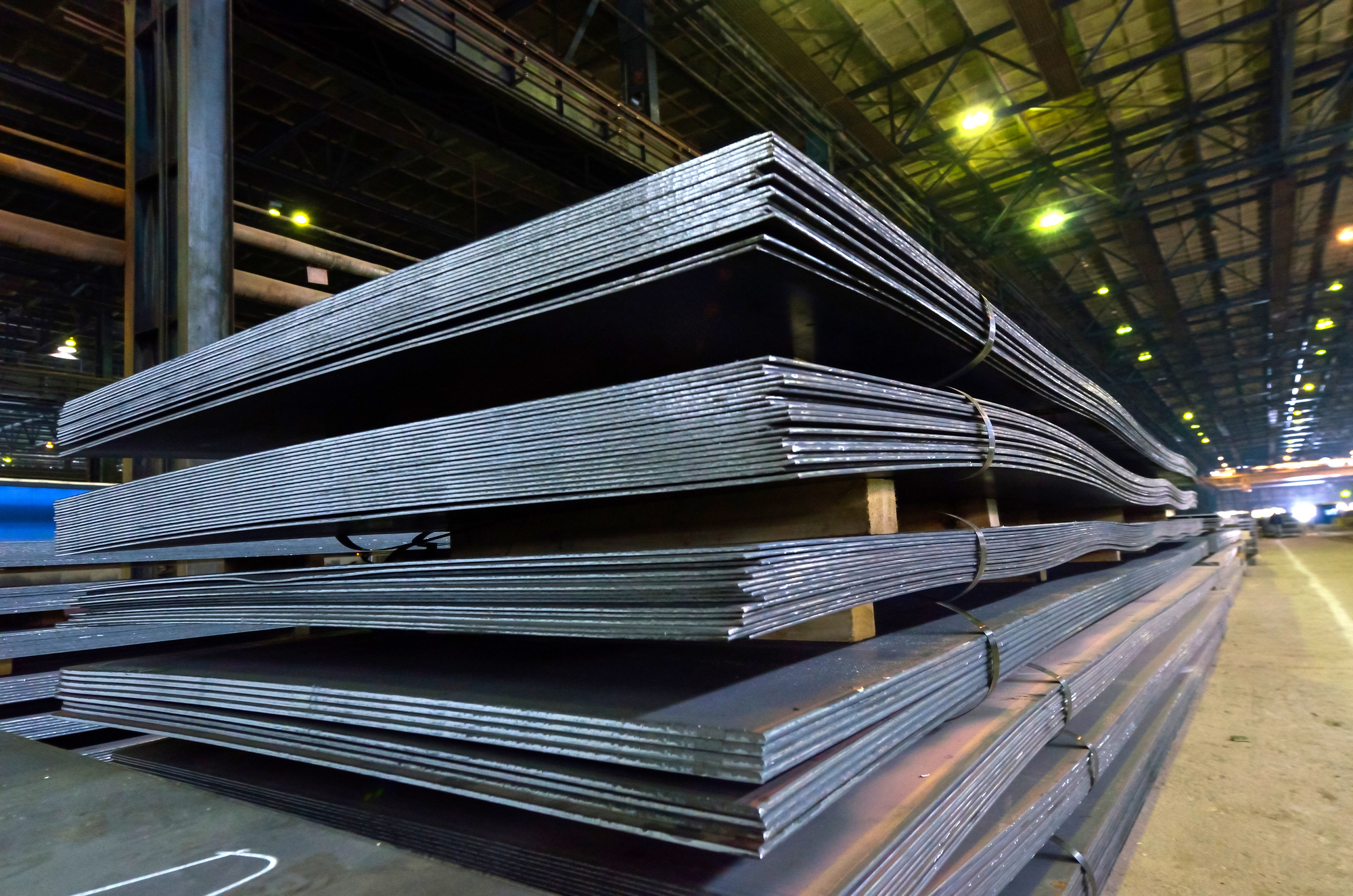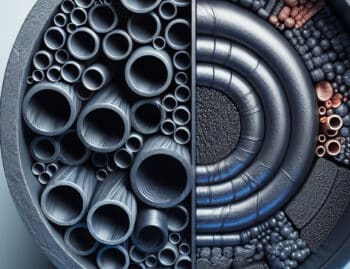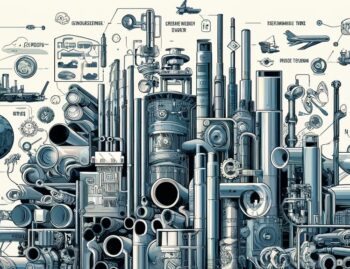
Every modern society faces the dual (and at times conflicting) ideals of economic growth and environment responsibility. Steel has played an enormous role in the world’s economic growth in helping build buildings, bridges, ships, trains, cars, machines, and more objects essential to the advancement of society.
Yet, like many powerful resources, the environmental footprint of steel has been called into question.
At first glance, steel may seem to be a material that requires a large carbon footprint. However, contrary to this belief, steel is one of the most recycled materials that can play an instrumental role in our society’s positive economic and environmental advancement.
Don’t believe us? (We get it, we’re a little biased!) Keep reading to learn how steel is still necessary and, in fact, essential in a world that’s going green.
Steel is necessary for building a greener world.
Steel is a recyclable material, able to be used and reused without losing quality. The main concern surrounding the carbon footprint of the steel industry involves the industry’s use of energy. In that area, industry experts are working continuously to achieve progress in reducing the emissions and environmental impact of the steel industry and are seeing greater and greater progress year after year.
Additionally, steel itself is instrumental in the creation of a more environmentally sustainable world. Dr Xiaogang Zhang, Chairman of worldsteel, and Dr Edwin Basson, Director General of worldsteel, put it succinctly:
“[Steel] is critical to the sectors and technologies that will enable and drive a green economy. In addition, many of the challenges posed by population growth, urbanisation, poverty reduction and mitigation of natural disasters can best be met by steel.”
The steel industry is getting greener and greener.
As mentioned above, steel is fully recyclable. The industry is working to produce new steel this way rather than the traditional manufacturing method. It’s proven that this method saves 62% of the energy and emissions used in the traditional manufacturing method.
Additionally, we’re producing thinner steel, which requires far less energy to produce. Today’s steel is, on average, 30% thinner than that used in 1980. With cars becoming lighter, greenhouse emissions go down. The steelmaking company POSCO’s ironmaking technology, FINEX, is an example of the industry’s efforts to produce lighter, stronger steel that reduces emissions.
POSCO is also working to minimize the pollutants generated during steel production. Producing one-ton steel makes approximately 600-700kg of byproducts. POSCO is now recycling 98.4% of those byproducts.
Learn more about the sustainability advancements in the steel industry.
Steel is still the most cost-effective and durable material.
Besides its recyclability and ever-growing sustainability, steel is still far-and-away the most cost-effective and durable material for building both big and small. Steel infrastructure can withstand earthquakes, thunderstorms, and cyclones and can last more than thirty years. It is also fire-resistant, pest-resistant, and moisture and weather-resistant.
Even better, steel is relatively cheap given its quality and versatility. This, as well as all of the above, means that steel can and should be used far and wide to create a better, more sustainable world for future generations.











